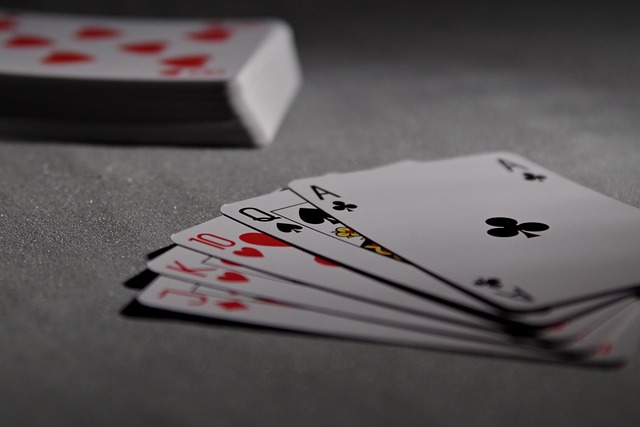Blackjack is one of the most popular and player-friendly games in the casino. With a low house edge and a blend of luck and strategy, it’s the ideal starting point for newcomers who want to gamble with a real chance to win. But to succeed at blackjack, you need more than just luck—you need a solid understanding of basic strategy.
In this beginner-friendly guide, you’ll learn the rules of the game, the fundamental strategy, and smart habits that can give you a clear edge over time. Whether you’re playing online or at a live table, these tips will help you start strong.
Understanding the Rules of Blackjack
The goal of blackjack is simple: beat the dealer’s hand without going over 21. Each player is dealt two cards, as is the dealer (one face-up, one face-down). You then decide how to play your hand based on your total and the dealer’s visible card.
Card values:
- Number cards = face value
- Face cards (J, Q, K) = 10
- Aces = 1 or 11 (whichever helps your hand)
Winning scenarios:
- Your hand totals closer to 21 than the dealer’s
- The dealer busts (goes over 21)
- You get a blackjack (Ace + 10) and the dealer doesn’t
You can Hit (take another card), Stand (keep your total), Double Down (double your bet for one more card), or Split (if you have two of the same card). Learning when to do each is the core of basic strategy.
Basic Blackjack Strategy Chart

The most important tool for beginners is the blackjack basic strategy chart. This chart tells you the statistically best move for every possible combination of your hand and the dealer’s upcard.
Here are a few beginner-friendly principles:
- Always stand on 17 or higher
- Always hit on 11 or lower
- Double down on 10 or 11 if the dealer shows a low card (2-9)
- Never split 5s or 10s
- Always split Aces and 8s
- Stand on 12–16 if the dealer has 2–6 (dealer is more likely to bust)
Using a strategy chart doesn’t guarantee wins—but it does reduce the house edge to as low as 0.5%, compared to 2% or more if you play randomly.
Smart Bankroll and Table Selection
A great strategy means nothing without solid bankroll management. Set a budget before you play and stick to it. Choose tables with limits that match your bankroll so you can play enough hands without running out of funds.
Tips:
- Start at low-limit tables to build experience
- Avoid betting systems (like Martingale) that encourage chasing losses
- Don’t increase your bet just because you’re “due” for a win
Also, look for games with favorable rules:
- Dealer stands on soft 17
- 3:2 payout for blackjack (not 6:5)
- Option to double after splitting
These rule variations impact the house edge and should be part of your decision when choosing where to play.
Avoiding Common Mistakes

Even with a strategy chart in hand, beginners often fall into traps. Here’s how to avoid them:
- Don’t take insurance – It’s a side bet that rarely pays off and increases the house edge.
- Don’t play on emotion – Each hand is independent; past losses don’t affect future results.
- Don’t ignore table etiquette – Learn the pace of the game and be respectful to dealers and other players.
Take your time, play at your own pace (online games are especially good for this), and treat each session as practice.
Final Thoughts: Build Confidence Through Strategy
Blackjack rewards players who are prepared. With basic knowledge, a solid strategy chart, and disciplined bankroll habits, beginners can minimize risk and increase their chances of consistent wins.
Start small, study common hands, and avoid emotional decisions. Over time, you’ll get faster, more confident, and more strategic—setting yourself up for smarter play and better results at the tables.
